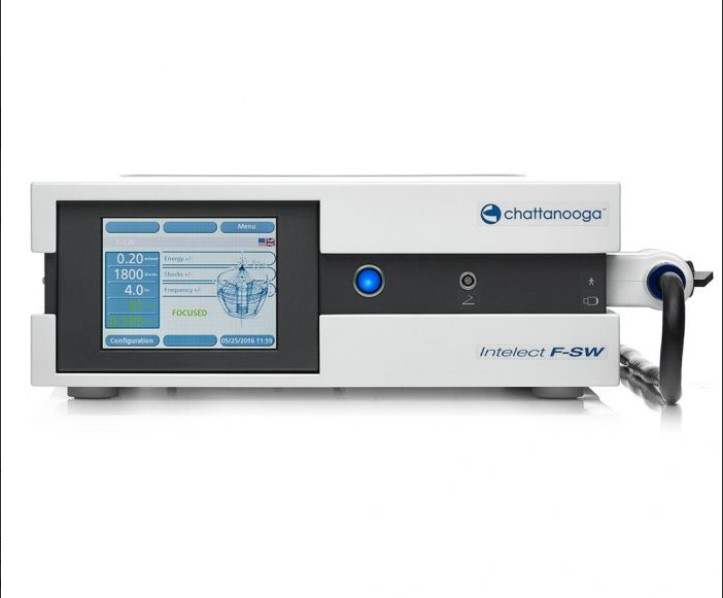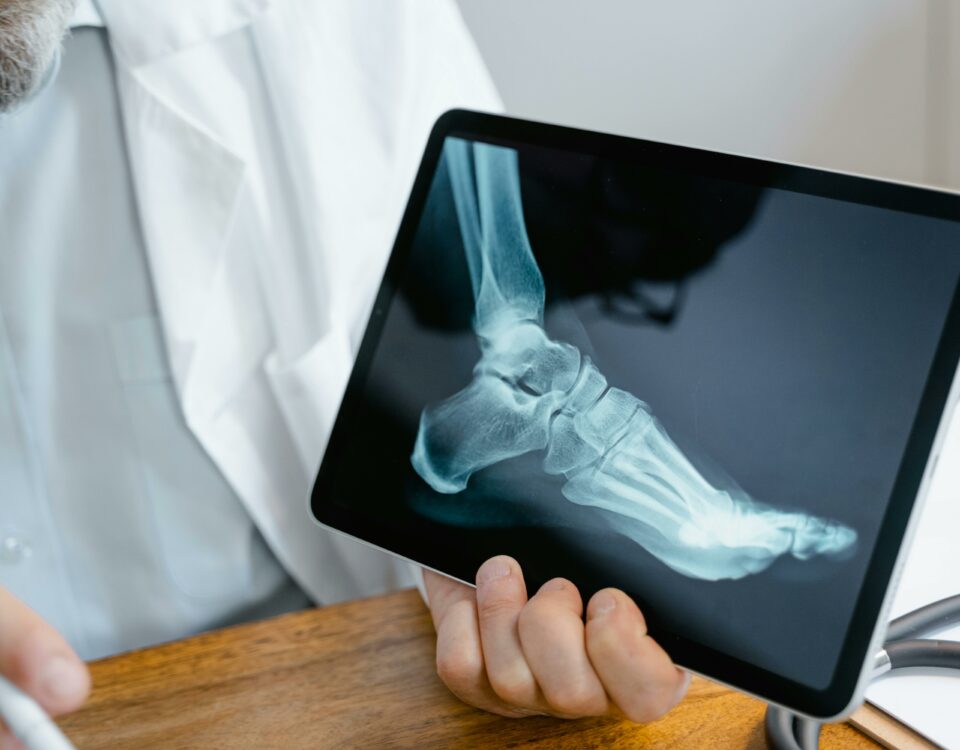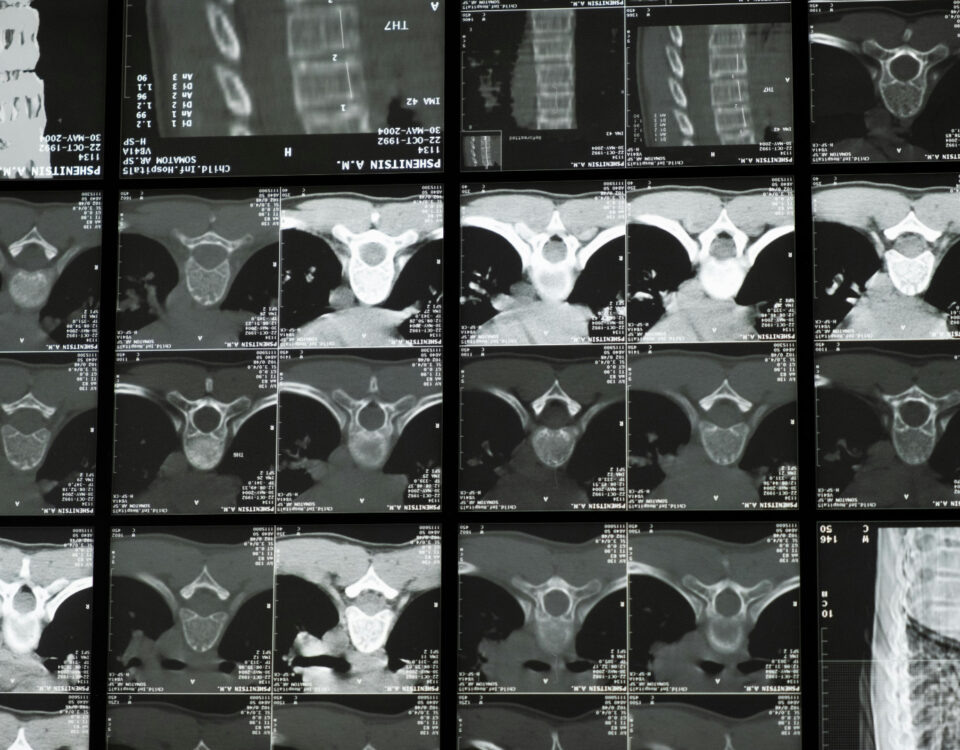Climbing the Mountain – Backwards?
July 27, 2010We sponsor SAIL FOR THE CURE Sunday, Sept 26!
August 31, 2010Patients ask me about their backs popping… all the time. This can require a complicated answer. The first step would be to understand why a back “pops” and to try to describe that. The second would be to tell apart the good from the bad. Both parts of this will be important to understand.
A joint may “pop” (or “release with a popping sound”) when it moves rapidly over a very short distance (I am talking millimeters here). The gas in the joint then sort of does a compressed “fizz” that sounds like a pop. So long as a “pop” occurs without a burst of pain, that is probably just fine. But why is this “pop” happening? Is it happening because a chiropractor has moved the joint, or because the joint has been held so tightly by muscle spasm that it is so compressed it finally “lets go” just from rolling over in bed? Or is it happening just from the normal course of relaxing?
So does it happen again and again? Does it happen with pain? Does it feel warm and sore in the area afterwards?
Is the sound a “pop” in the first place? A joint will not release “pop” again and again if it is not broken down. It’s a physical impossibility – since takes at least 19 minutes for the gas in the joints to re-enter solution and set up for a “fizz” again. If it “pops” every time you move it (and I prefer to call those “snaps” or “clunks”), the joint cartilage may be broken down and wobbling. It’s “clunking” or “catching”. There may be a bone spur above and below that are “hitting eachother” and “getting hung up”. Broken down joints have a “Bone on Bone” aspect to them, and as they rub eachother, they may snap or clunk. Often, this is with pain, and sometimes produces pain afterwards.
It’s for this reason I use special adjusting styles to manipulate joints that I believe have some joint breakdown occurring. This is a specialized treatment plan. I sometimes describe those joints as having some “red stuff” in them (you will remember this from my clinical presentations). One of the things I do is that I decrease my expectations about how much I can move that kind of joint all at once. I move those joints in a very shallow gentle way.
When this occurs for people in their appointment history, I often recommend an X-ray to get a look at the quality of their joint surfaces. If this could apply to you, talk to me about it at your next appointment.



